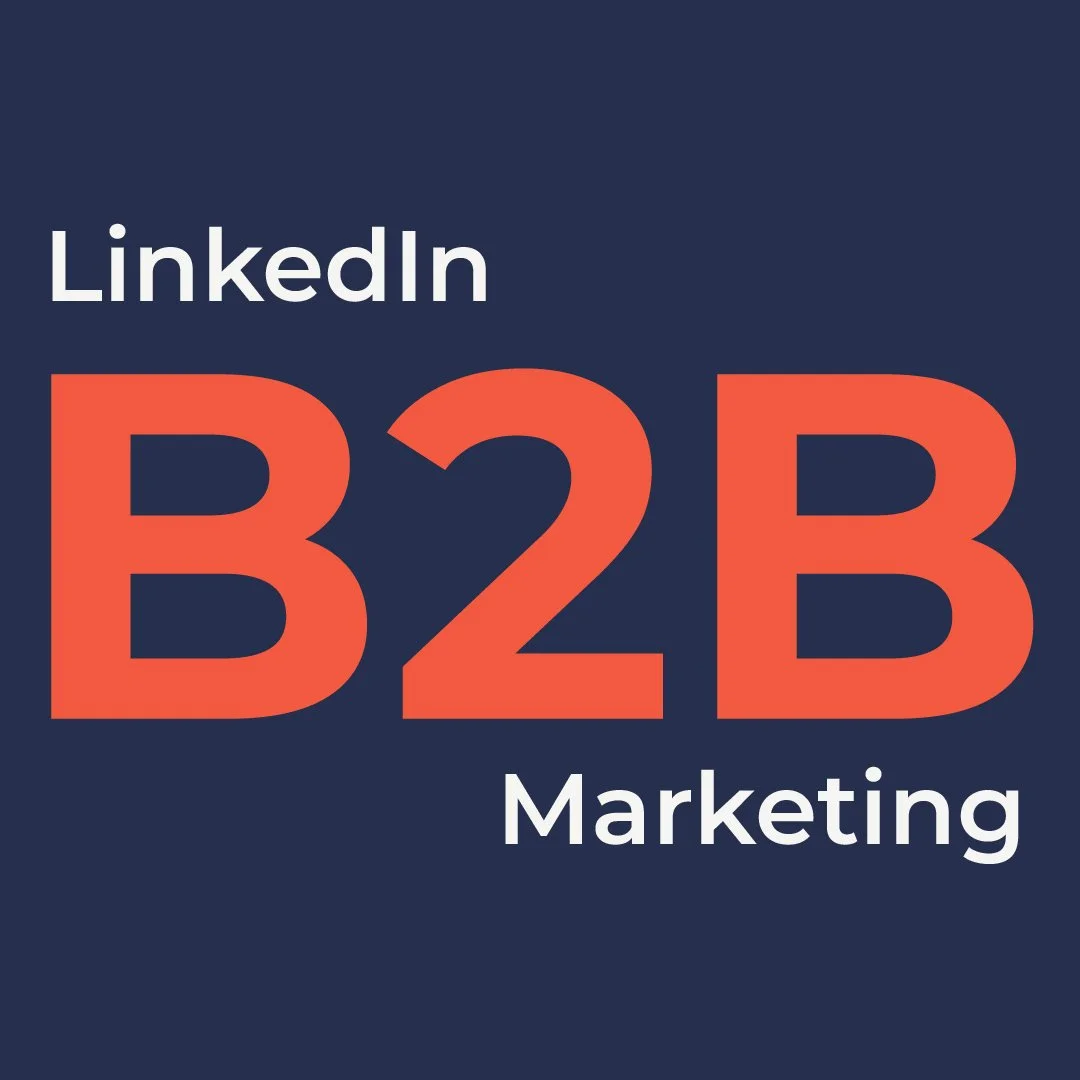Using LinkedIn for B2B Digital Marketing Success
Written by Paul Korman, Associate Media Director
August 19, 2025
Whether you’re running a business-to-consumer (B2C) or business-to-business (B2B) campaign, your brand’s marketing strategy will differ based on factors like objectives and target audience. Social media often plays a key role in building brand awareness and lead generation for B2B and B2C strategies. While platforms such as Facebook, Instagram, and TikTok may dominate B2C efforts, LinkedIn stands out as the leading social media channel for B2B marketing.
One of the reasons B2B marketers flock to LinkedIn is its audience. With over 1.2 billion members in 200 countries, the platform has over 69 million companies listed, making it an ideal channel to reach B2B decision makers.
In this blog, we’ll explore why LinkedIn should be a key part of an organization’s B2B digital strategy.
Strategic Targeting Options
People join LinkedIn with their careers in mind. As a result, their profiles tend to more accurately reflect where they are in their professional journey than on other platforms. This gives LinkedIn an advantage in targeting the right audience for B2B campaigns.
LinkedIn offers various people-based targeting options, such as job title, seniority, industry, and user skills. These attributes can help brands zero in on the right target audience and company verticals for campaigns. In addition, company-based targeting options, such as company name, size, and industry, can support account-based marketing (ABM) strategies.
Brands can also build matched audiences by using CRM lists of individuals or companies, retargeted site visitors, or users who have engaged with the company’s LinkedIn page. These targeting capabilities are more accurate than those on other platforms, helping marketers reduce wasted spend and improve performance.
Campaign Objectives and the Marketing Funnel
Before finalizing a LinkedIn campaign and deciding on ad formats, it’s essential to understand which campaign objective aligns with business goals. LinkedIn’s objective-based campaign setup mirrors the marketing funnel, offering awareness, consideration, and conversion options.
Picking the right objective, such as website visits or engagement for consideration, ensures that ads are served to people based on where they are in the buyer’s journey.
Ad Formats that Perform for B2B
In addition to its targeting capabilities, LinkedIn offers a range of ad formats that resonate with professional audiences. These ad formats can be used across all stages of the marketing funnel and are incredibly effective – an audience exposed to LinkedIn brand and acquisition messages and ad formats is 6x more likely to convert.
Single image and video ads help build brand awareness, while carousel, document, and thought leader ads drive engagement during the consideration stage. For lead generation, LinkedIn offers native lead gen forms and conversion ads that can help capture qualified prospects.
As with any digital campaign, it’s important to test different ad variations and objectives to improve performance. A/B testing and regularly refreshing creative can help avoid ad fatigue and maximize results. Retargeting can also help you reach audiences further along the funnel and more likely to engage with specific content. Audiences exposed to multiple ad formats are six times more likely to convert.
Measurement and Reporting
LinkedIn provides standard front-end metrics such as impressions, clicks, cost per click (CPC), and click-through rate (CTR). However, the platform stands out in its demographic reporting. Marketers can see who engages with their ads by job title, company, industry, seniority, etc.
These insights are valuable in confirming that the LinkedIn campaign reaches the right audience. Measurement can be taken a step further by integrating LinkedIn into a brand’s CRM. This allows brands to build future matched audiences and better connect campaign results to business outcomes.
Conclusion
With its professional user base, advanced targeting options, engaging ad formats, and detailed reporting, LinkedIn remains a top platform for B2B marketers. According to Statista, 86% of marketers use LinkedIn in their B2B efforts.
Whether your goal is awareness, consideration, or lead generation, LinkedIn offers the tools to reach decision-makers and deliver measurable results.

